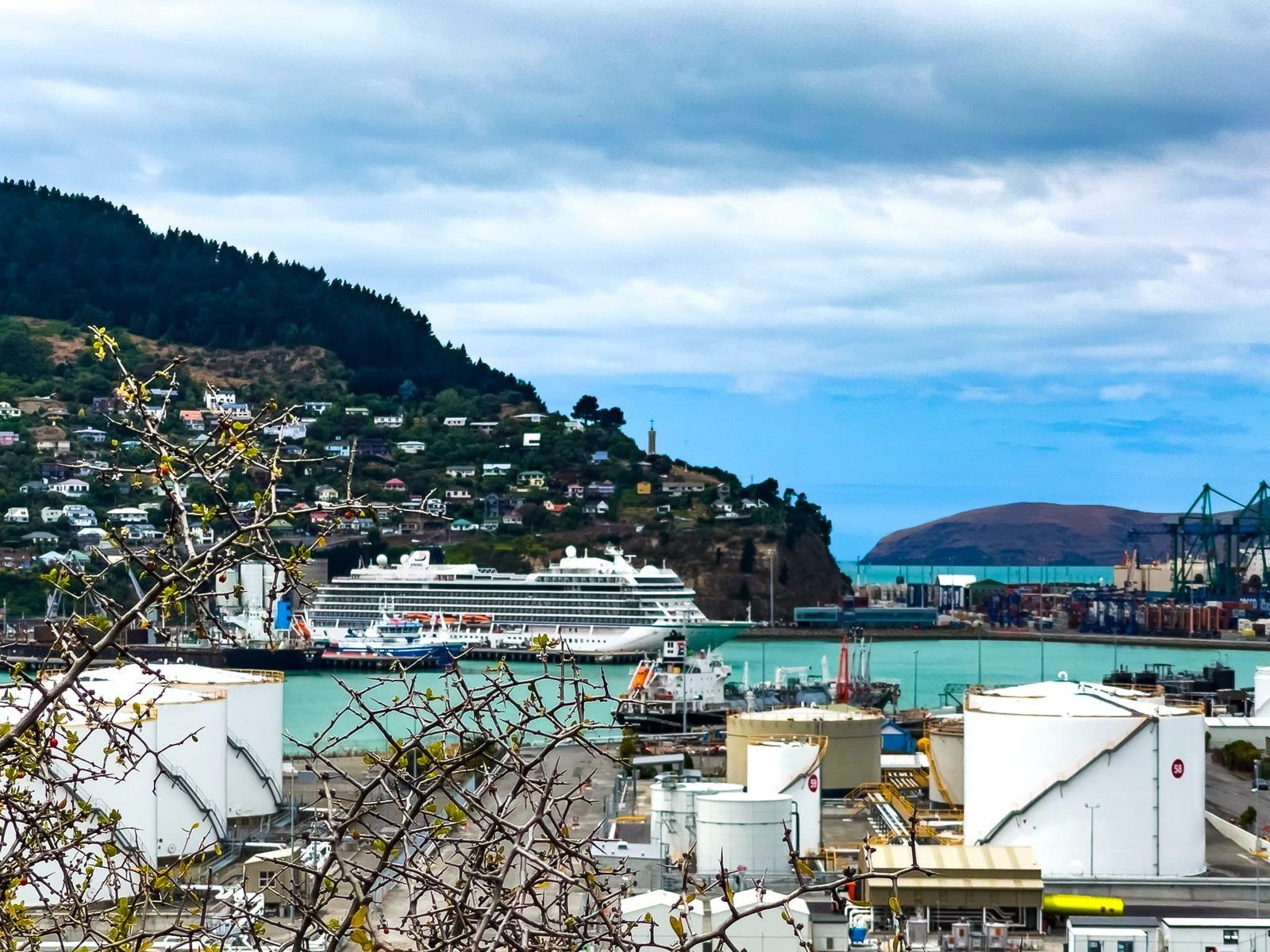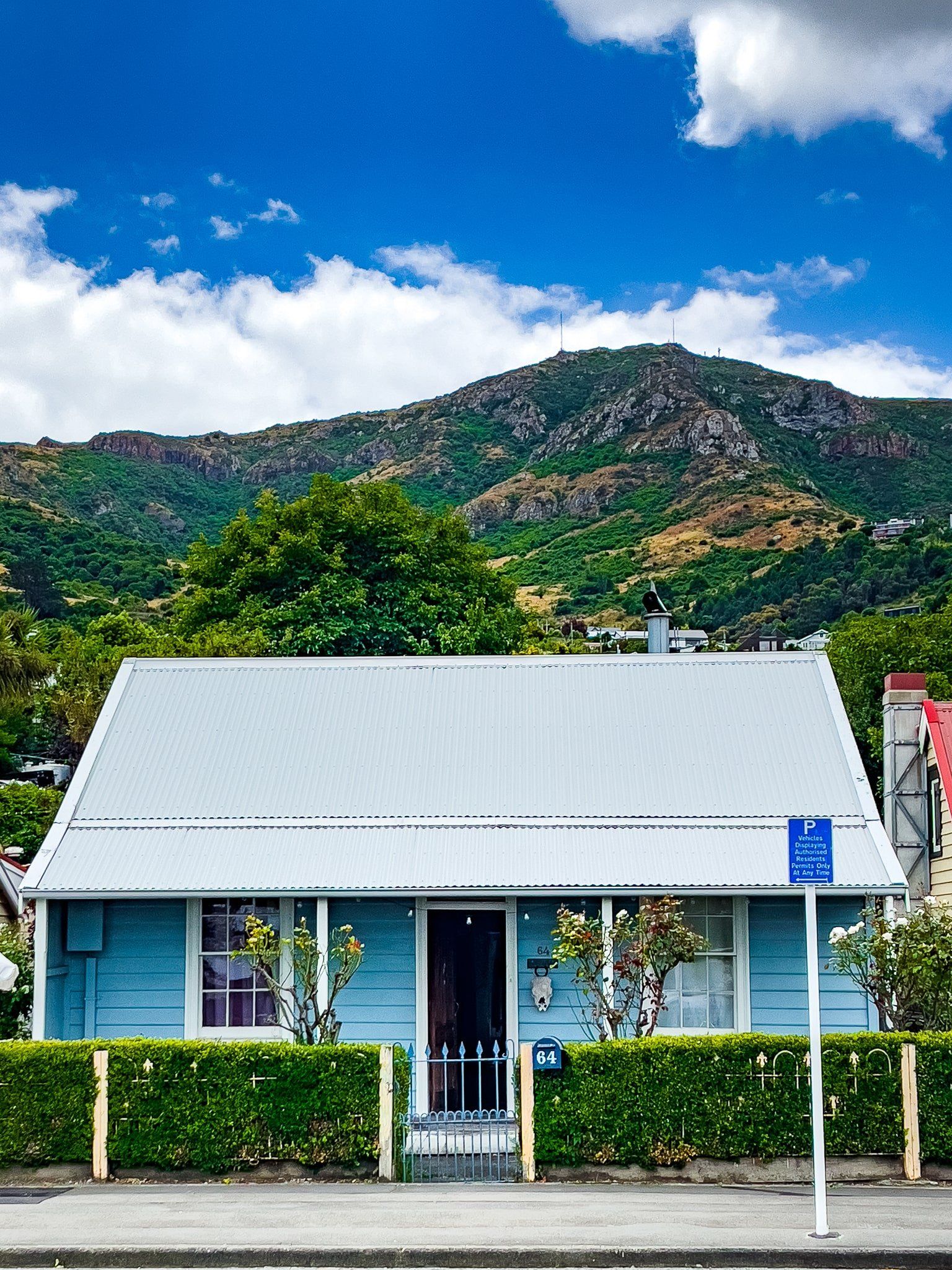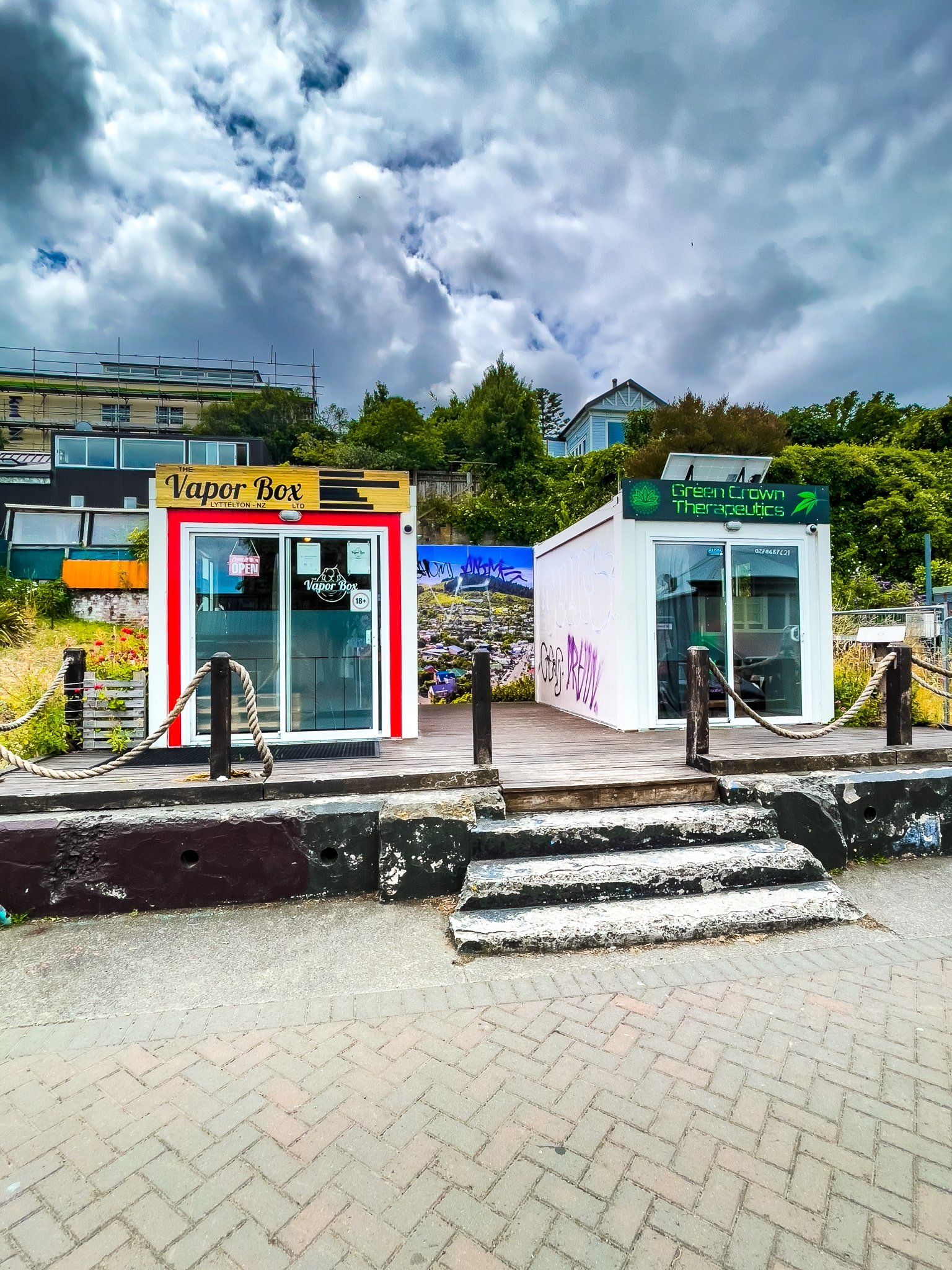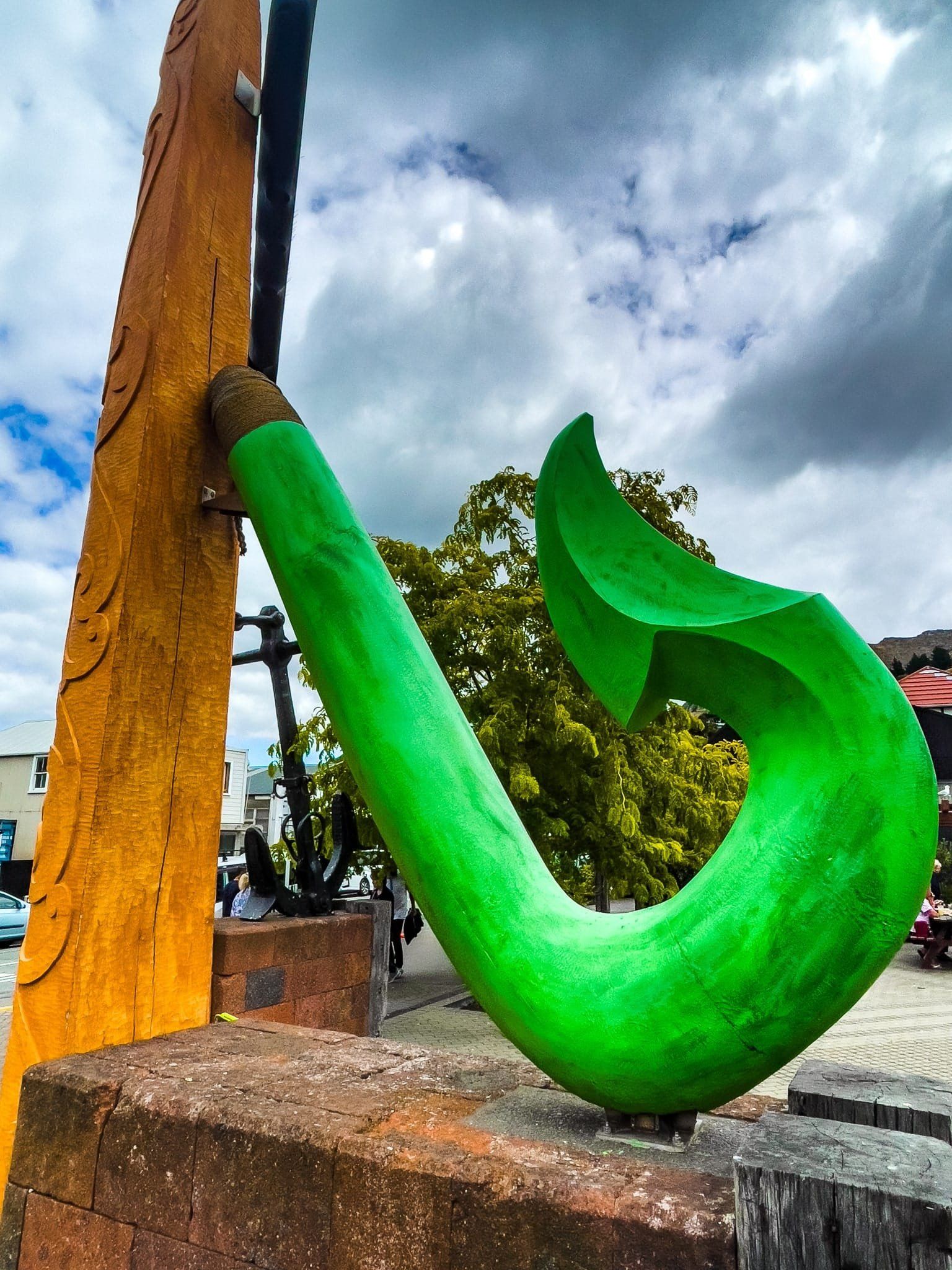Lyttelton Harbour's Rich History and Beauty
Lyttelton Harbour, located within the ancient Lyttelton volcano on the Banks Peninsula, is a place of historical significance and natural beauty. It was chosen as the primary harbour to support the settlement of Christchurch after the Canterbury Purchase of 1848. The Port Hills surround the harbour, whioch is adjacent to the equally ancient volcanoes of Mount Herbert / Te Ahu Pātiki and the Akaroa. Lyttelton is where the first four English settler ships arrived in 1850, marking the beginning of the town's and Christchurch's development.
Historical Significance and Cultural Heritage
The settlement of Lyttelton was led by George Lyttelton, the 4th Baron Lyttelton, and was specifically oriented towards the Anglican Church. Originally, the town had several names before being officially named Lyttelton in 1858.
Despite its excellent port, the town's growth was limited by the high crater rim, maintaining a population of around 3,000. Consequently, Lyttelton has preserved much of its historical charm, although it suffered significant damage during the 2011 earthquakes, losing many historic buildings, including the Holy Trinity, Canterbury’s oldest stone church.
Today, Lyttelton is a picturesque town that has largely recovered from the earthquake damage, though you can still find the occasional gap or pop-up store along its main streets. The city is known for its vibrant Saturday morning markets and charming local cafes.
The local Māori name is Ōhinehou and tells the story of a young girl who wished to join the fairies, known as patupaiarehe.
Outdoor Activities and Scenic Trails
Lyttelton combines hiking and biking opportunities with stunning views. You can explore the Bridle Path, the original track for European settlers over the Port Hills, or the Major Hornbrook Track to Mt Cavendish. Both trails start from Bridle Path Road and Ross Terrace, respectively, and feature a 200-metre climb. These tracks can be completed in about an hour round trip or as a two-hour loop.
Getting to Lyttelton
To reach Lyttelton, drive from Central Christchurch, which is approximately a 20-minute journey via State Highway 76 and the Lyttelton Tunnel.
There are many other nearby options for exploration in the area. Explore the road around the edge of the harbour, taking in Governors Bay and Diamond Harbour. Head up to Dyer Pass to Summit Road, with multiple walking and cycling tracks, and amazing viewpoints. Take Summit Road to Awaroa / Godley Head at the harbour entrance, or drive down to Sumner and discover Taylors Mistake.







